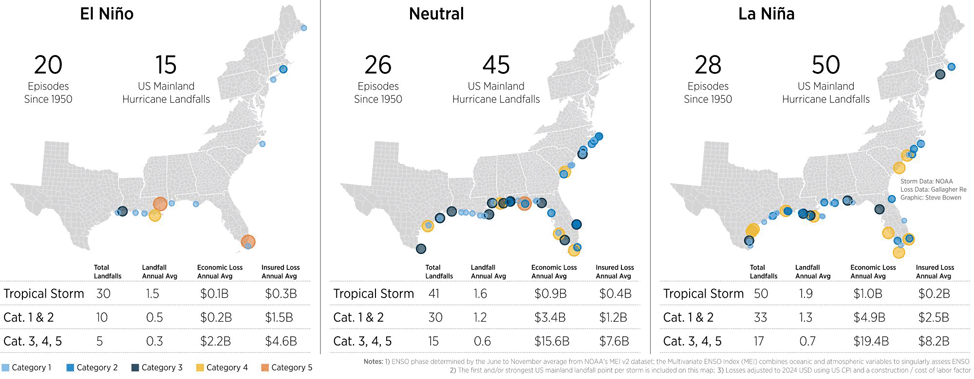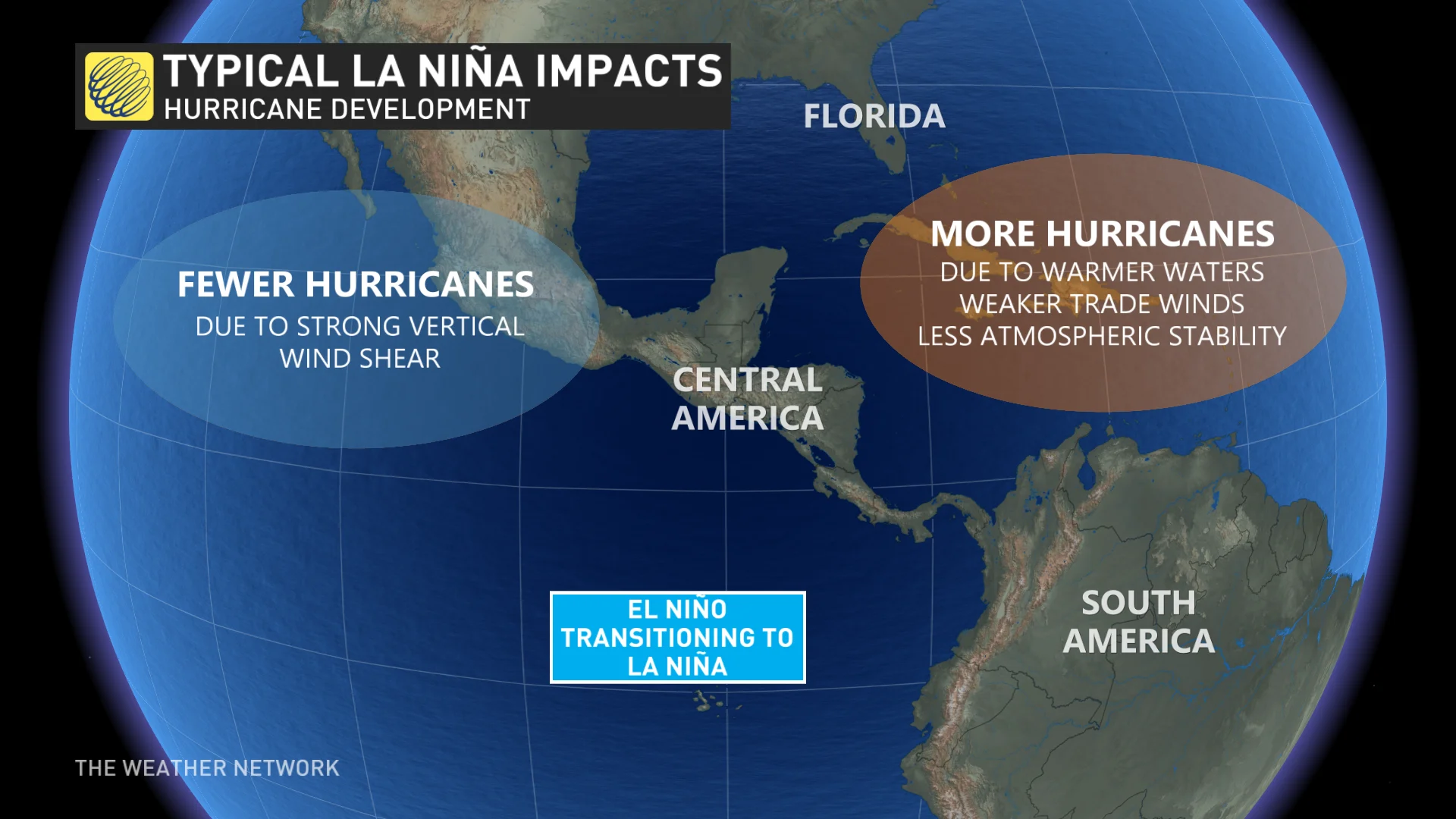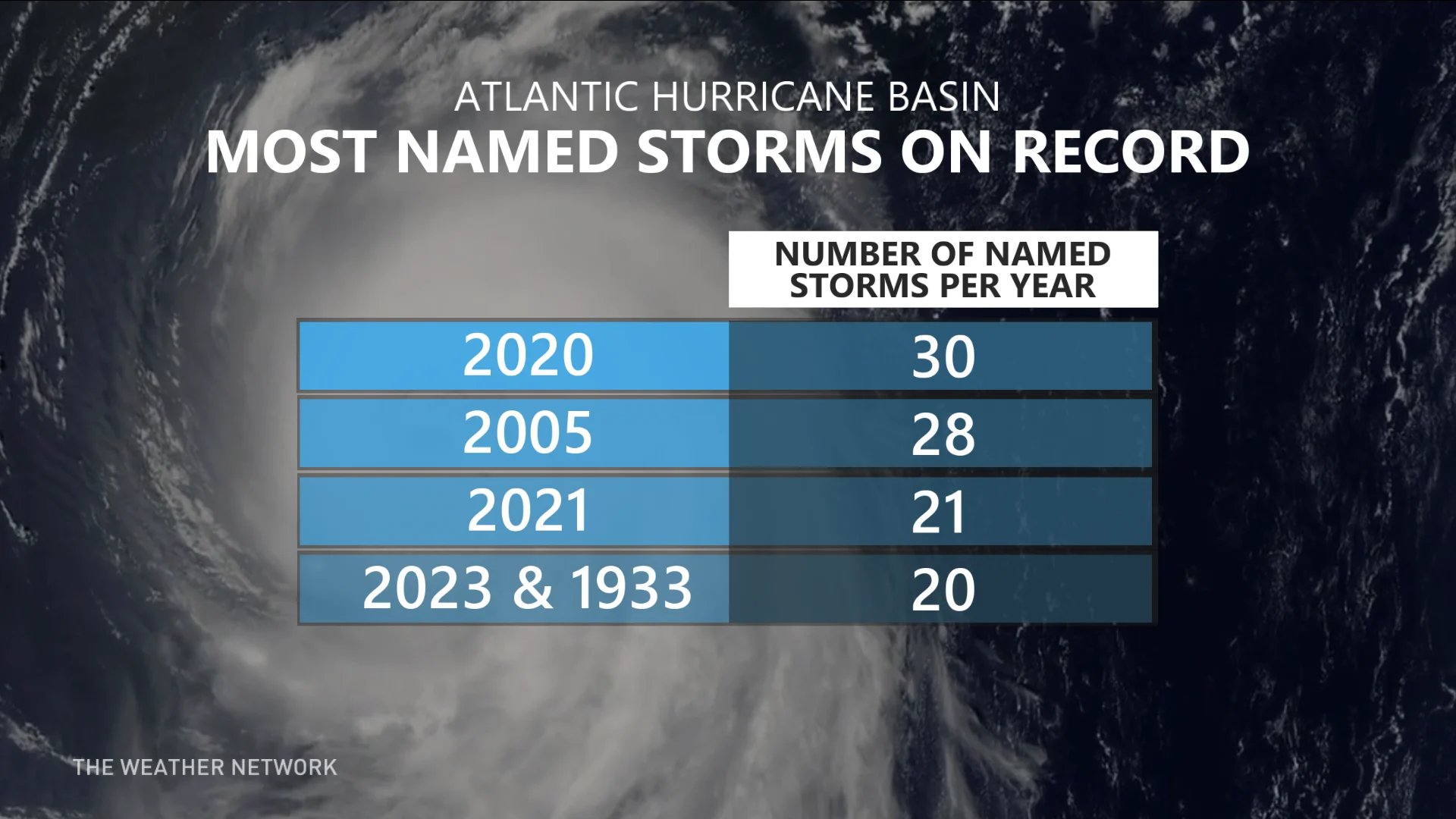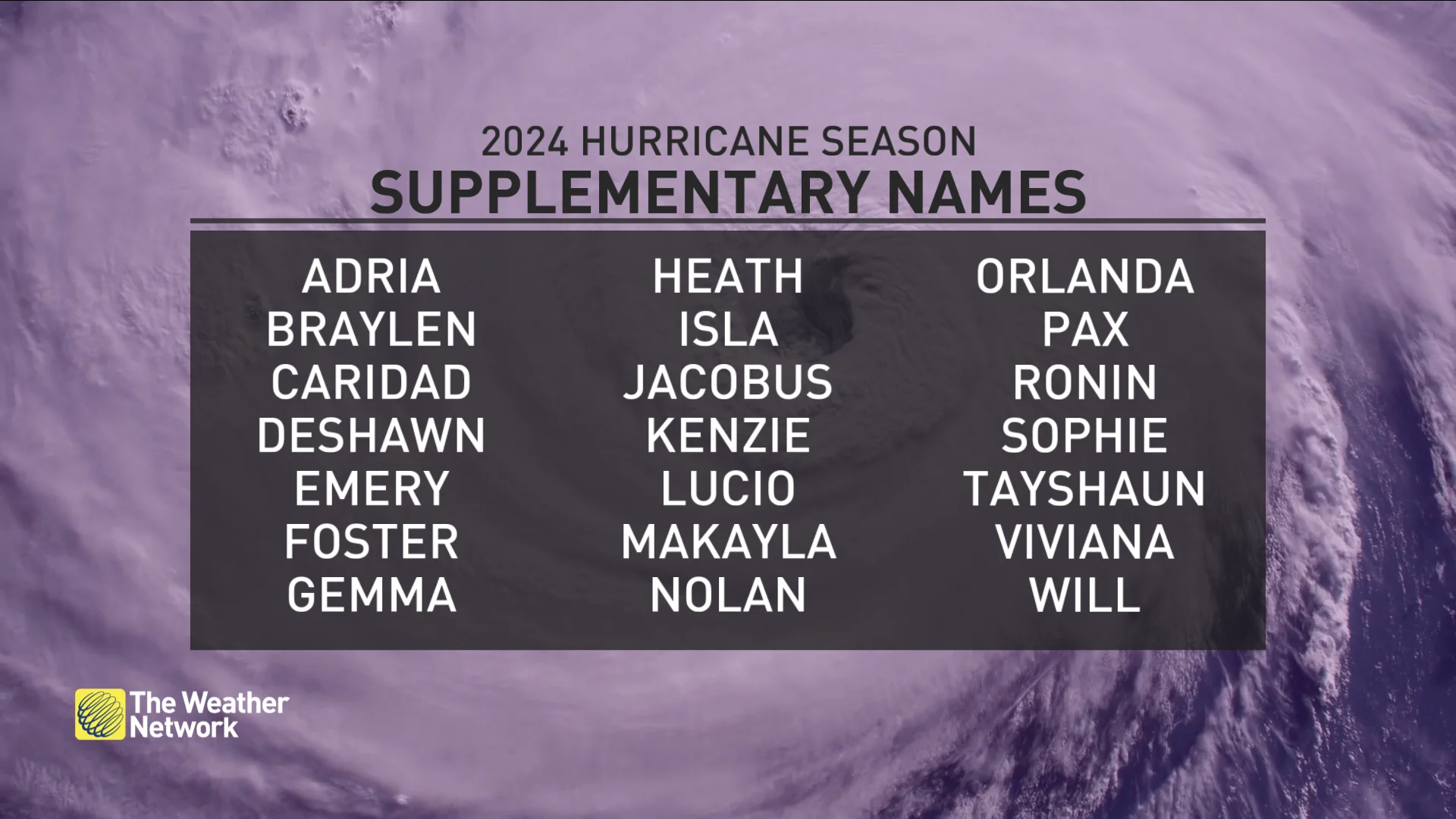NOAA recently concluded its Hurricane Preparedness Week, marking the countdown to the commencement of the 2024 Hurricane Season which begins on June 1st and extends through November 30th. However, hurricane season may be starting early this year, as the National Hurricane Center issued its inaugural daily tropical outlook on May 15th.
The 2024 Atlantic hurricane season is anticipated to be notably active, with the Weather Source MET team forecasting a significant season ahead. Unlike the previous years characterized by numerous storms dissipating over the ocean (“fish storms”), this season is poised to be distinct, with a heightened probability of storms making landfall.
Early projections from other major weather agencies such as the National Oceanic and Atmospheric Administration (NOAA) and Colorado State University favor an above-average number of named storms for the upcoming 2024 Atlantic hurricane season.
La Niña’s Influence on Hurricane Season
Forecasters are already warning that this year’s Atlantic storm season could rival 2021, due in large part to La Niña. La Niña tends to create a more conducive environment for Atlantic hurricane development by reducing vertical wind shear and increasing ocean heat content across the tropical Atlantic and Caribbean regions.
The El Niño event in the Eastern Pacific has been steadily weakening and is 83% likely to dissipate by June, NOAA’s Climate Prediction Center (CPC) said in its latest March 14 monthly advisory. NOAA gave a 62% chance of La Niña conditions developing during June-August (the early portion of hurricane season), with the odds of La Niña increasing through the fall.


In addition to La Niña, sea surface temperatures across the main hurricane development region between Africa and the Caribbean are forecast to be warmer than average heading into the peak months of the season from August through October. Warm ocean temperatures provide the fuel for tropical storms and hurricanes to intensify.
What we can Expect for 2024 Named Storms
An average hurricane season in the Atlantic Ocean yields approximately 14 named tropical storms. Among these, seven typically intensify into hurricanes, with three reaching the status of major hurricanes boasting winds of around 180 km/h or higher.
Researchers at Colorado State University (CSU) hurricane forecasting team said in its latest seasonal forecast that they expect 23 named storms, 11 hurricanes, five major hurricanes, and an ACE of 210 (171% of average). In contrast, the long-term averages spanning from 1991 to 2020 stood at 14.4 named storms, 7.2 hurricanes, 3.2 major hurricanes, and an ACE of 123.


If you’re not familiar with ACE, it stands for Accumulated Cyclone Energy, a metric frequently utilized by Meteorologists to gauge the true intensity of a hurricane season. ACE accounts for both the strength and duration of individual tropical systems, providing a comprehensive assessment of their overall impact.
If the projections hold true, the number of named storms would rank as the third highest on record, hurricanes as the fifth highest, major hurricanes as the ninth highest, and the ACE index would also be the ninth highest. Meteorologists widely respect CSU’s seasonal outlooks for their precision in identifying factors expected to influence tropical cyclone activity across the Atlantic basin.
What areas could be Impacted?
According to Colorado State University’s research, probabilities of major hurricanes making landfall include:
- 62% for the entire U.S. coastline (an increase from the historical average of 43% from 1880–2020).
- 34% for the U.S. East Coast, incorporating the Florida peninsula (above the historical average of 21%).
- 42% for the Gulf Coast from the Florida panhandle westward to Brownsville (surpassing the historical average of 27%).
- 66% for the Caribbean (exceeding the historical average of 47% from 1880–2020).
Additionally, the forecast team furnishes probabilities of named storms, hurricanes, and major hurricanes potentially tracking within 50 miles of each county or parish along the Gulf and U.S. East Coast, as well as hurricane-prone coastal states, Mexican states, Canadian provinces, and countries in Central America and the Caribbean. These probabilities are tailored based on the current seasonal forecast.
CSU’s seasonal hurricane forecasts, led by Phil Klotzbach and following the pioneering work of Prof. William Gray, have been highly regarded since 1984 for their accuracy.
It is crucial not only for people, but for businesses, to prepare adequately for hurricane season to mitigate potential risks and ensure continuity of business operations. Effective planning and preparation can safeguard employees, assets, and infrastructure, minimizing disruption and financial losses. Proactive measures such as reviewing insurance coverage, creating backup systems, and establishing remote work capabilities can further strengthen preparedness and readiness.
The team at Weather Source has several tools that enable businesses to prepare for hurricanes (and other severe weather) with confidence. Weather Source offers a comprehensive suite of services to help businesses prepare for extreme weather events.
- The Extreme Weather Forecast Service provides a forward forecast view of 10-14 days for severe weather phenomena such as hurricanes, tornadoes, cyclones, severe convective weather and more. This extended forecast period, compared to the 120-hour forecast provided by the National Hurricane Center, is critical for businesses to be able to advance stage inventory and adjust operations accordingly.
- The Dynamic Weather Alerting Service (DWAS) provides timely notifications for all government issued and imminent severe weather events, including hurricanes.
- Weather Source’s Extreme Climatology products cover a range of severe weather events, providing valuable insights into the normal baseline risk for any severe weather.
Weather Source delivers essential weather-based tools for businesses, ensuring they stay informed and plan effectively, talk to us to learn more.



